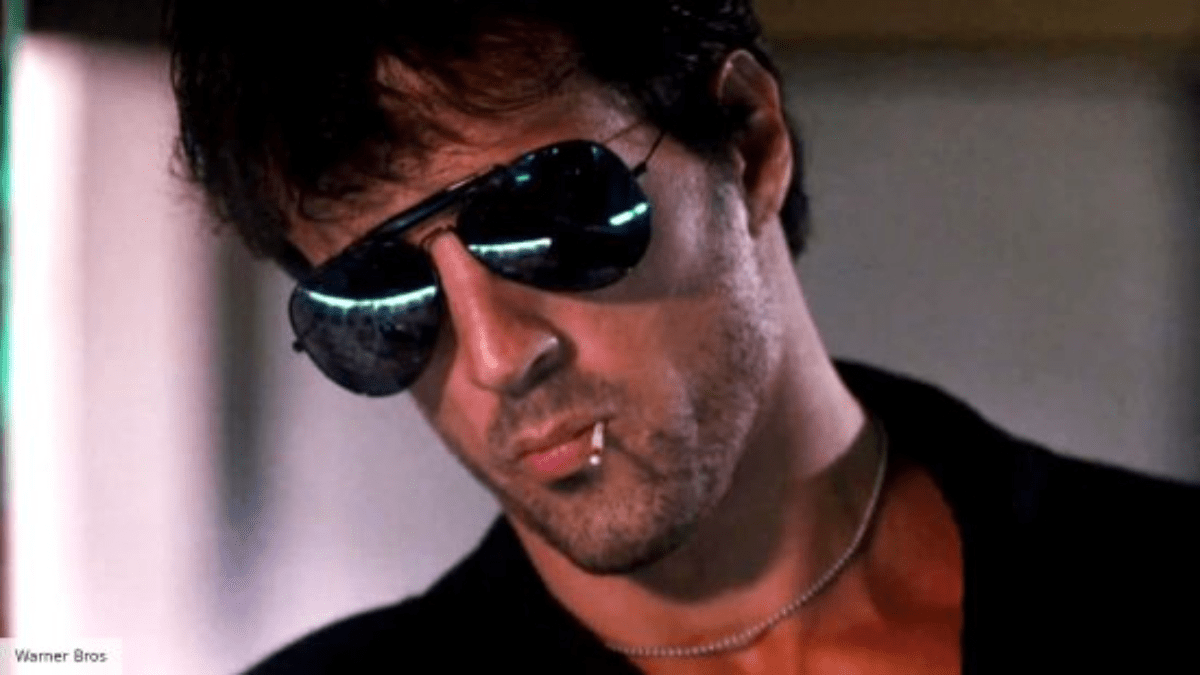It’s quite intriguing to discover that Sylvester Stallone was on the verge of taking on the lead role in Beverly Hills Cop, even going as far as personally revising the script to infuse it with a more serious and action-packed tone. This potential casting would have undoubtedly transformed the film into a markedly different entity from the comedic vehicle it became with Eddie Murphy. However, instead of Beverly Hills Cop, Stallone ended up incorporating many of these revised elements into his own 1986 cop action flick, Cobra. As Cobra hit theaters, critics drew parallels to the iconic Dirty Harry series, suggesting Stallone was endeavoring to create his interpretation of Clint Eastwood’s cop sagas.
In an interview with the Chicago Tribune in 1986, Stallone elaborated on the comparison, acknowledging the greatness of Dirty Harry while emphasizing the distinctions between the two films. He noted that whereas Dirty Harry focused on a lone assailant, Cobra delves into the protagonist’s battle against an organized faction of killers, illustrating a shift in the nature of criminality.
The genesis of the Dirty Harry franchise, rooted in Detective Toschi’s real-life pursuit of the Zodiac serial killer alongside the San Francisco police department, adds another layer of intrigue. Toschi’s influence extended to Steve McQueen’s portrayal in Bullitt and Mark Ruffalo’s depiction in David Fincher’s Zodiac. Conversely, Stallone’s Cobra, though receiving mixed reviews upon release, found success at the box office and has since gained a cult following.
Delving deeper into Cobra’s premise, Stallone elucidated on the film’s thematic core, likening the antagonists to a new breed of criminals akin to the notorious ‘super rats.’ These adversaries relish in violence without discernible motives, necessitating unconventional approaches to law enforcement, embodied by the character Cobra.
Beyond Cobra, Stallone expressed frustration at the commercialization of his iconic character, Rambo, particularly in its adaptation for children’s merchandise such as action figures and a cartoon series. Additionally, he offered insights into his evolving career trajectory, envisioning a transition towards film production as he aged, a sentiment contrasting his ongoing involvement in acting, including roles in both movies and television series, at the age of 77. This enduring presence in the entertainment industry marks a departure from Stallone’s earlier predictions, highlighting the unpredictable nature of artistic evolution.

